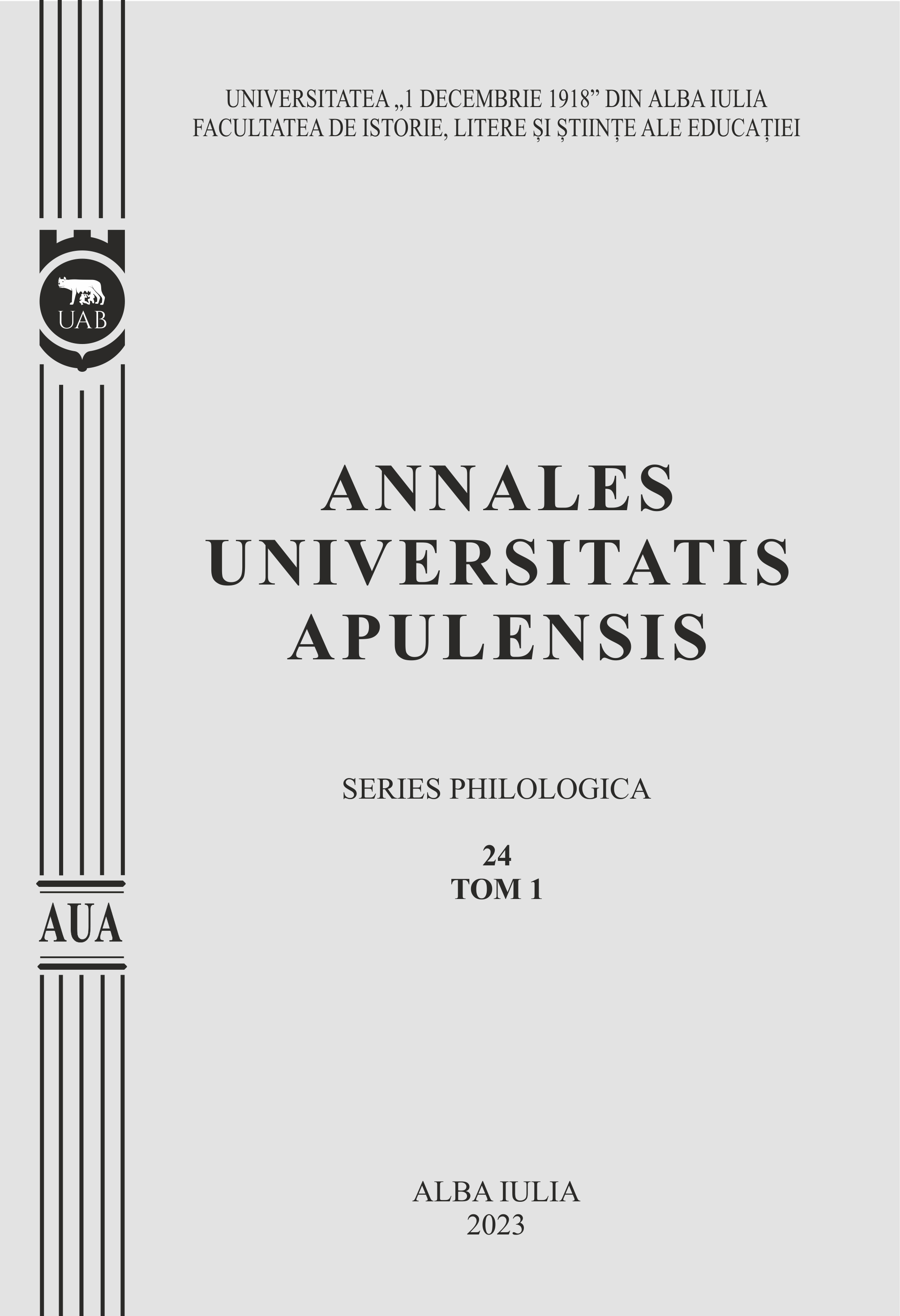SCRISUL CA TERAPIE VS. LITERATURA TERAPEUTICĂ – SCURTE INCURSIUNI ANTITETICE
WRITING AS THERAPY VS. THERAPEUTIC LITERATURE – SHORT ANTITHETICAL INCURSIONS
Author(s): Rebeca-Rahela MarchedonSubject(s): Language and Literature Studies, Studies of Literature, Comparative Study of Literature
Published by: Universitatea »1 Decembrie 1918« Alba Iulia
Keywords: therapeutic writing; therapeutic literature; psychoanalysis; differences; literary versus nonliterary text;
Summary/Abstract: The logos, as a formative part of the linguistic creative process, has been endowed with profoundly healing meanings since the time of ancient Greece. In the Phaedrus dialogue, the god Teuth attributed noble qualities to the logos and the art of writing, thanks to which people managed to make contact with genuine wisdom, but above all to eliminate the process of forgetting and ignorance and even to heal their soul wounds, placing it under the imperative of the Greek term pharmakon. At the same time, on the side of writing as therapy, the word pharmakon in the Platonic conception becomes a substitute for the antagonistic duality, simultaneously symbolizing both a process of curative medicine and a distressing and harmful deepening, installed through the sufferings of the scriptural act. In this way, the analogy between the act of writing and medication is established, which, in addition to the beneficial effects, always entails the risks of adverse effects.Seen through the specter of this antipodean lens, the scriptural process receives special and in-depth attention with the installation of psychoanalytic theories of the 50s. Psychoanalysis becomes, through the integrative force, a method of investigation whose objective is the literary fact of a writer, his psychobiography and the system of creative practices. Analytical tools specific to psychoanalysis, which will serve as methods of interpretation of the proposed texts, were born together with Freudian and Lacanian theories, through the theorists' attempt to demonstrate, with the help of the interpretation of texts and works of art, the presence of some drives of the unconscious. The whole psychoanalysis talks about the unconscious part of transmitting hidden thoughts and desires, through words, the healing techniques of neuroses and anxieties are based on the exchange of information between the patient and the psychoanalyst, carried out through simulated speeches and provoked by the psychoanalyst. This type of speech and procedure, intensively applied by Sigmund Freud and his successors, triggers the coded images from the unconscious in the form of words that the specialist, initiated in the art of decoding, interprets and finds the appropriate meaning for. Although we would be tempted to identify therapeutic writing as identical to therapeutic literature, in this case, the two concepts start from the same psychoanalytic therapeutic principles, but can be completely distinguished with the help of literary theories that define, clarify and analyze the relationships that are established between the two scriptural forms of healing. Although both types of writing arise from the same motivations (the need or desire to write about the human condition), not all creative writing has therapeutic elements, just as not all therapeutic writing can be literature, regardless of whether it juggles creative elements or leave this out. In the desire to clarify the process of differentiating literary works from simple therapeutic texts, the present work appeals to the theories of the pedagogue and academic researcher, Gillie Bolton, whose research exposes the therapeutic value of non-literary writing, interpreted from a clinical perspective. Likewise, the approach to legitimize the texts that are part of the literary dimension will be demonstrated based on attempts to define literature and the criteria for identifying a literary work, resorting to the fundamental studies of Romanian literary critics and theorists.
Journal: Annales Universitatis Apulensis. Series Philologica
- Issue Year: 24/2023
- Issue No: 1
- Page Range: 121-129
- Page Count: 10
- Language: Romanian

